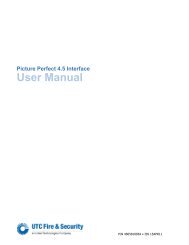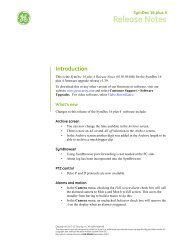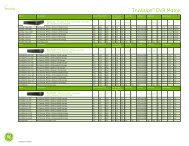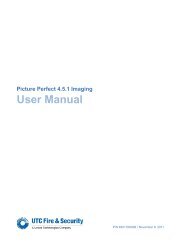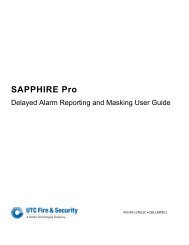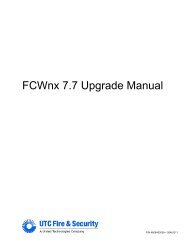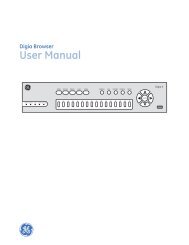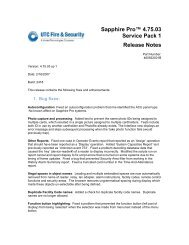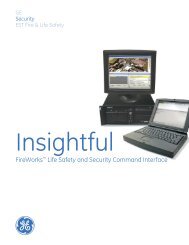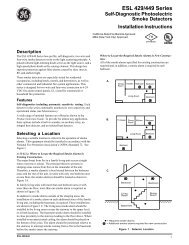Picture Perfect 4.6 Enterprise Edition User Manual - UTCFS Global ...
Picture Perfect 4.6 Enterprise Edition User Manual - UTCFS Global ...
Picture Perfect 4.6 Enterprise Edition User Manual - UTCFS Global ...
You also want an ePaper? Increase the reach of your titles
YUMPU automatically turns print PDFs into web optimized ePapers that Google loves.
56<strong>Picture</strong> <strong>Perfect</strong> <strong>4.6</strong> <strong>Enterprise</strong> <strong>Edition</strong><strong>User</strong> <strong>Manual</strong>Table 5.ercmd.sh optionsOptionDescription--recover_table -b table_name -s source_host [-a action ] [-g triggeraction ]--recover_allhosts -s [-a action ] [-g triggeraction ]--recover_subhost -t [-a action ] [-g triggeraction ]This option calls cdr_er_recover_table.sh according to the parametersentered.• (required parameter) - name of the table to recover• (required parameter) - master server name to recover from- When run on nethost, must be specified (must be oneof the subhosts).- When run on subhost, defaults to nethost. If is specified, it must be the nethost.• [- a action d|m] (optional) - ‘d’ for deleting records on the target server;‘m’ for merging those records back to the server.If no action is specified, it defaults to 'm' - merge.• [-g triggeraction ] (optional) - ‘on’ to indicate triggers are fired on the target server; ‘off’ to indicate triggers are not fired on the target server.The trigger action (sync or check) is determined per table, based on dataon the target server for base/badge data and based on the number ofdifferences.- If there is no data on the target or if the number of differences betweensource and target server for given table is >= 100000, then sync is used.- If there is data on the target with < 100000 diffs, then check is used.Note: When the triggers do not fire, depending on the table that is beingrecovered, the micros will not get the changes or cache will not be updated.This option is available only on the nethost. It recovers all hosts.This option calls cdr_er_recover_table.sh for each target host and foreach replicated table.The argument can be the nethost or any one of the subhosts.The other parameters have same defaults and meaning, as described for therecover_table option above.This option is available on nethost and subhosts. It recovers replicated tables.• If run on the nethost, for each of the replicated tables, callscdr_er_recover_table.sh with subhost hostname.• If run on the subhost, for each of the replicated tables, callscdr_er_recover_table.sh with the local hostname as target.The other parameters have same defaults and meaning as described for therecover_table option above.--recover_status [-b table_name]--remove_ERThis option displays the recovery status for replicated tables; it optionally takesthe table_name argument to display the recovery status for the specifiedtable.• If a table is currently being recovered, the status shows Started. Whendone, it shows Completed.• The recovery status on a host (nethost or subhost) shows data for itselfonly if a recovery was run on that host.This option is available on the nethost and subhosts.• When run on the nethost, it removes ER from the whole <strong>Enterprise</strong> system.• When run on a subhost, it removes that subhost from ER.



